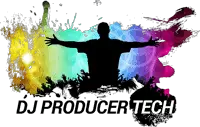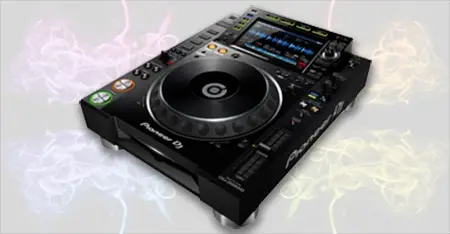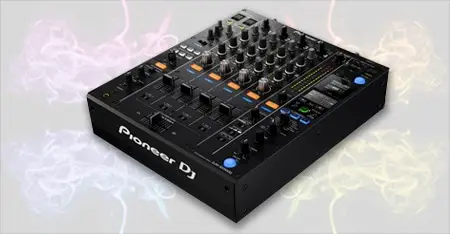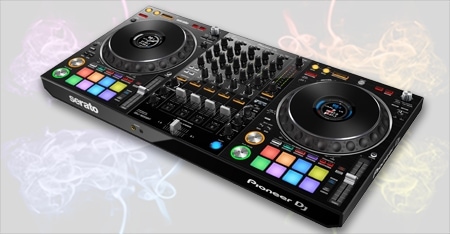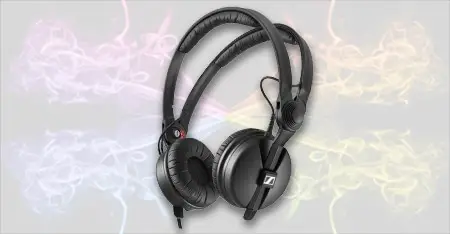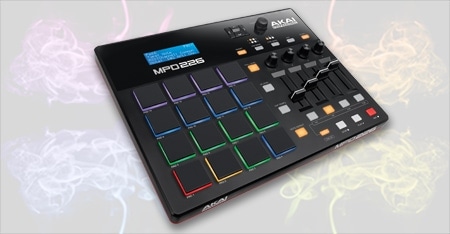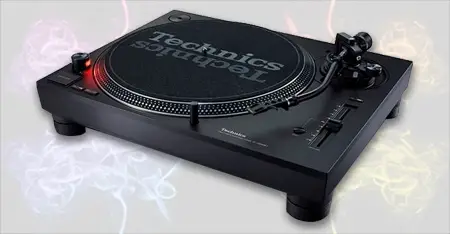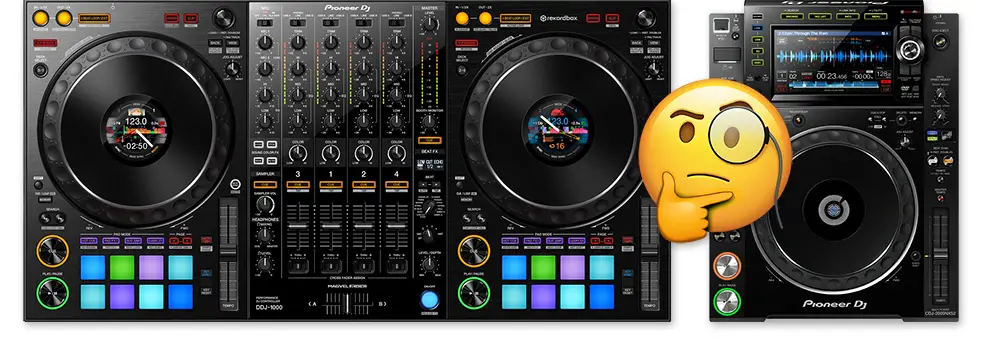
I often hear these terms used to describe bits of DJ equipment from a variety of manufacturers. However, the abbreviations actually came into being as two different Pioneer product ranges. So what are they and what is the difference between CDJ and DDJ?
The CDJ range was the original gamechanger that allowed DJs to use CDs instead of vinyl. Then as CDs started to die, Pioneer introduced the DDJ range. Not only is music stored on USBs instead of CDs but DDJs controllers also have a mixer built-in, making them all in one units.
The differences don’t end there, however, and with the range of DJ equipment available it is important to know the difference.
What is a DDJ?
Contents
DDJs are actually the range of pioneer’s DJ controllers. However, the term DDJ is often used for other manufacturer’s controllers as well.

(push image to see price on Amazon)
At this point, it is probably worth covering what a DJ controller is.
A DJ controller generally refers to a console comprising of buttons, knobs etc that DJs use to control DJ software. That software is either hosted within the console itself or via a laptop.
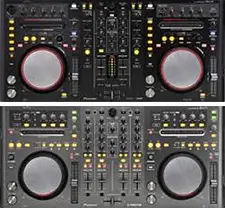
This allows them to play music, mix and perform full DJ sets with one complete unit. This means a DJ controller generally incorporates a mixer as well as two decks (i.e the left and the right channels).
Pioneer’s DDJ range arrived on the market in mid-2010. Their first releases being the DDJ-S1 and the DDJ-T1. And they have continued to iterate and release new & updated versions of the DDJ series ever since.
Their current flagship model is the DDJ-1000 (main pic above, push here to see the price on Amazon). Which is a 4-channel DJ controller comprising all the features an experienced DJ would need to perform a professional set.
As they are all-in-one units, DJ controllers and DDJs do not need any extra external equipment such as a separate mixer or audio interface. Instead, they can be plugged directly into a sound system making them incredibly portable and uncomplicated to setup.
To see our recommended DJ controller push here.
What is a CDJ?
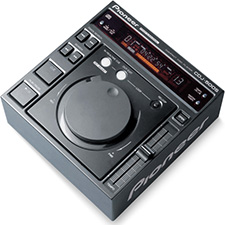
CDJs refer to digital DJ decks that can play CDs. The acronym CDJ is a range of Pioneer decks although it often used as a general term to refer to the CD decks of all manufacturers (see our recommended decks here).
Pioneer released its first version, the CDJ-500, way back in 1994. At that time vinyl turntables were still very much the dominating kit. Skip forward a few years to 2003 when Pioneer released the CDJ-1000mk2. It was the first one to reach a level of reliability and features that made professional DJing possible.
This is when Pioneer really exploded and became the industry standard in DJ booths worldwide.
No More Heavy Vinyl Bags…
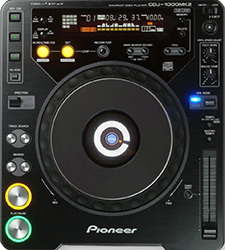
DJs loved the fact that they didn’t have to lug vinyl around with them. Instead, they could just carry a CD book holding hundreds, maybe even thousands, of tunes. For the first time, they could take their entire music collection with them, instead of having to preselect vinyl at home before the gig.
These days DJs play from CDs a lot less, if ever. However, decks are still referred to as CDJs even though the majority of the time the music is played from a USB stick. There are already decks without CD slots in Pioneer’s range, these are known as XDJs. These will become more dominant in clubs as CDs disappear completely.
Having a single CDJ will not allow you to perform full DJ sets, so in this sense, they’re not standalone units like the DDJs. You instead need two of them, plus a mixer to be able to perform. This is a main difference between CDJ and DDJ and DJ controllers in general.
It is worth noting that you can plug a single CDJ straight into a sound system. However, this will only allow you to play music and adjust things like pitch but you don’t have options like volume, EQ or FX. These exist only on the separate mixer.
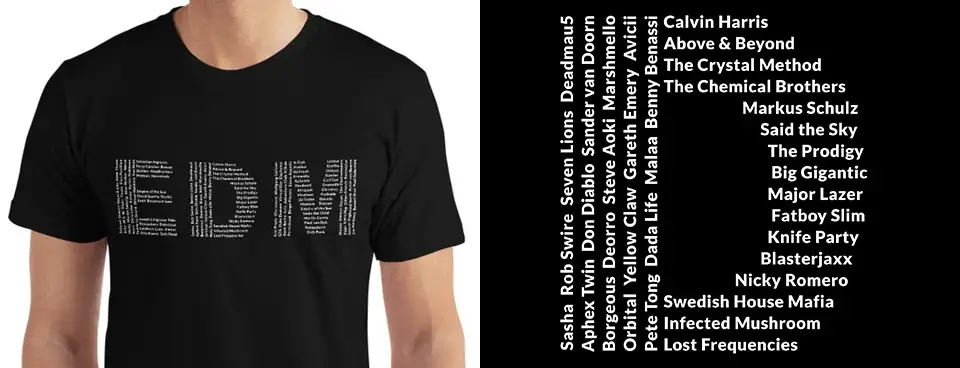
What Is the Difference Between CDJs and DDJs
As mentioned above DDJS (and a lot of other controllers) are all-in-one units. To begin with, these were often seen as plasticy, amateurish gimmicks that couldn’t compete with a full DJ setup i.e two decks and a mixer.
However, in recent times DDJs and controllers have been vastly improved and the quality raised. There are now models on the market that emulate an entire, pro-level DJ setup all in a single unit.
Fixed Features
One thing about DJ controllers is that you are fixed to the features that have been included within the unit i.e the number of buttons and knobs etc and channels.
And, while the software may receive updates, or you can (on some models) plug in external sound sources like extra decks, you can never really change or upgrade any one component independently.
This is a big difference between CDJ and DDJ, as CDJs are only one part of a DJ set up. They require you to have a mixer to be able to route the audio and control things like the volumes, EQ, and effects. While this doesn’t make them as portable, they don’t need to be for clubs and so they have become the industry standard.
Laptops and Swapping Components
If any part of a full CDJ/mixer setup becomes defective i.e one deck or the mixer itself, then it can be easily replaced without affecting the rest of the setup.
With a DDJ controller, however, when one part of the controller becomes defective it essentially bricks the entire unit. Making it useless until that one aspect has been repaired.
Unit Independence
Another huge difference between CDJ and DDJ is how independent they are.
Many controllers (except the high-end models) rely on being plugged into a laptop that has DJ software. CDJs, on the other hand, are completely independent and can be used without a laptop at all.
This makes things incredibly easy for touring DJs you only need to carry with them USB sticks. They can plug this in everywhere they go and have their Rekordbox appear on the CDJ screen exactly as they configured it at home.
Push here to see our recommended DJ controller.
Connecting With a Crowd
Being independent of a laptop also makes it easier for a DJ to form a connection with the crowd. This is because they are not constantly flicking their eyes back and forth because of the distraction of a laptop.
Instead, they can use the CDJ screen to select the next track and then get on with mixing. The method of mixing tracks on CDJs is a bit more traditional i.e just using the headphones and the mixer itself. With laptops screens, there is a lot more going on, and some of the work can be done for you.
In this sense, CDJs tend to complicate mixing a lot less. Some DDJs, and other DJ controllers can attempt to feature pack so much that DJs can become obsessed with overcomplicating their mixes. Which their audience might not even notice.
Love DJ gear?
So do we, check out our favorites…
Now we know the Difference Between CDJ and DDJ
Which Is Better, CDJs or DDJs?
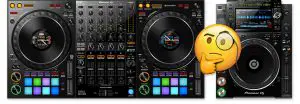
The answer to which is better CDJs or DDJs depends on what you need from your setup and how portable you need to be.
If you are traveling with your own equipment, then a controller is ultimately going to be a lot easier. High-end controllers such as the Pioneer DDJ-1000 are very much on-par with the best CDJ setups.
If you’re not required to carry your own equipment and instead will be playing at clubs and festivals then it would make sense to have CDJs at home.
This is because you can become fully familiar with the setup and perfect the use of it. You will then know exactly what to do when you walk into the DJ booth in virtually any club around the world.
Get the Best of Both… by Getting Both
A compromise, to be ready for clubs and still have the benefits of a portable DDJ controller, would be, of course, to buy both. However, this doesn’t mean you need to go out and buy two complete setups. Instead, you could buy a DDJ controller and just one CDJ.
This allows you to fully familiarize yourself with a CDJ, which is plugged into the DDJ controller to use its mixer (I would recommend the DDJ-1000 to do this). Then, if you need to take your equipment anywhere you have the portability of the DJ controller. Which you can use independently of the CDJ, which can be left at home.
Push here to see our recommended decks.
Or check out our recommended controller here.
Conclusion: Difference Between CDJ and DDJ
Hopefully, now you have a better idea of the difference between CDJ and DDJ and what they are both capable of. If you still have any questions or comments, please drop them below and I shall respond to every single one.
FAQs: CDJs & DDJs
What is a CDJ used for?
A CDJ is a DJ deck that is used to play music either from CDs or USB sticks, to create a DJ set. Generally, you’ll have two or more CDJs that are routed through a mixer which allows a DJ to blend multiple tracks. That said, a single CDJ can also be plugged straight into a sound system to be used as a standard CD/media player.
A CDJ also has additional controls to aid with DJing, such as tempo adjustment and the ability to set cue points. Cue points are simply markers at the start of, and throughout, tracks. They allow a DJ to jump to those positions at the touch of a button.
Can you use Serato with a CDJ?
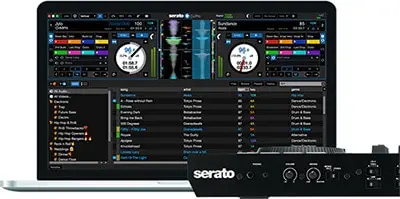
It is possible to use Serato with a CDJ and there are a couple of ways to do it. Serato can be used with control CDs which is the simplest way to set up. You simply insert the CDs and Serato will listen through the mixer in the same way the vinyl version does.
Or you can also use Serato with CDJs by using HID mode. To do this you will require at least three USB ports. Two of these (the CDJs) can be connected via a powered USB hub. While the Serato DJ hardware will need to be plugged directly into your computer. This means you’ll need two USB ports on your actual computer.
You should also make sure you have updated to the latest versions of both Serato and the CDJ’s firmware to ensure maximum compatibility.
Who Makes CDJs?
CDJs are made by Pioneer. Since they released the CDJ-1000mk2 in 2003 they have become the industry standard for DJs and clubs worldwide.
That said, people often use “CDJ” to describe any deck capable of taking CDs, even if they are by other manufacturers. But strictly speaking, the abbreviation CDJ refers to Pioneer’s CD deck range.
Do CDJs Have a Sync Button?
Yes, CDJs have a sync button but only from the latest CDJ-2000nxs and later. CDJs before this do not have sync built-in. To add a sync feature to CDJs before the CDJ-2000nxs you need DJ software such as Serato or Traktor.
What Is Master Tempo on the CDJ?
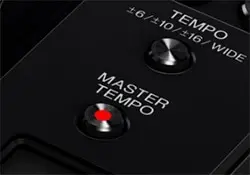
Master tempo is a CDJ feature that maintains the pitch and key of a track, regardless of any tempo change.
A good way to imagine this is to think about vocals… When you speed vocals up a lot, say 50%, they start to sound like chipmunks. With Master Tempo, however, the vocals will still sound normal, they will just play 50% faster.
This does have limitations however, in that, it does decrease audio quality slightly (as the CDJ has to digitally process the audio signal). For minor speed adjustments, this will not be noticeable. It is only when you do huge speed/tempo changes that the audio quality begins to degrade.
Which Pioneer CDJ Was the First to Have the Sync Feature?
The first pioneer CDJ to have the sync feature and be able to sync between two separate decks was the CDJ-2000nexus, released in 2012. Any CDJs before this required a third party piece of software, such as Traktor or Serato, to provide sync-like functionality.
What is an XDJ?
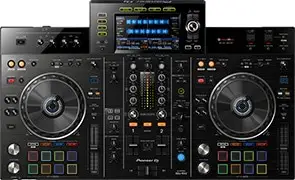
XDJs are like CDJs i.e DJ decks, but they do not have CD drives. The only way you can import music is to use USB sticks or SD cards. XDJs come either in standalone players, that have to be linked through a mixer, or they are also available as all-in-one units.
An example of an all-in-one would be the XDJ-RX2. This is essentially a full DJ setup including two decks the mixer and a browsing touchscreen display and built-in effects.
Do DJs still use CDs?
DJs rarely use CDs these days, mostly due to the ease of carrying a single USB stick instead. CDs can get damaged and don’t store any Rekordbox/music library data like tags or cue points for example. Instead, a DJ can set up their music library and, via a USB stick plugged into a deck have it appear exactly like at home.
Any decent club these days have the latest USB enabled CDJs, although in time these will be replaced by XDJs. Which are exactly like CD decks… except they don’t have a CD slot and are USB or SD card enabled only.
Why Do DJs Tap the Cue Button?
There are a couple of reasons DJs do this. Pressing cue takes the track to the beginning so the DJs can drop it on-beat and beatmatch. They will also tap it rhythmically to find the timing of the currently playing track. Then when they do actually play the new track they are already in the rhythm and drop exactly onbeat.
This is similar to how vinyl DJs used to rock the record back and forth over the first beat. This finds the rhythm before dropping it at the beginning of a phrase to begin a mix.
What next?
- Ever wondered what exactly a mixer does?? Find all your answers in this guide.
- Want to know the difference between belt & direct drive vinyl turntables? Then head here.

